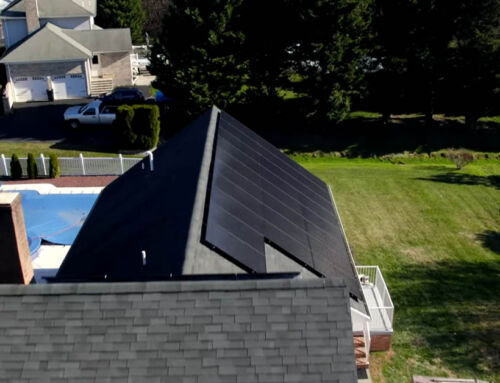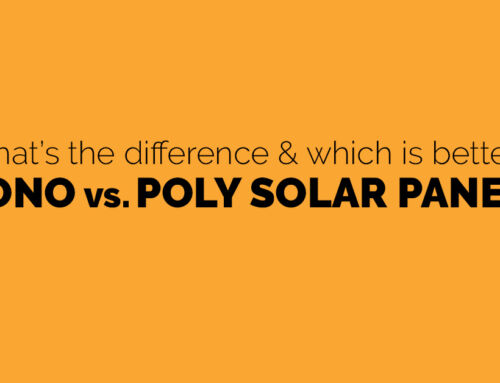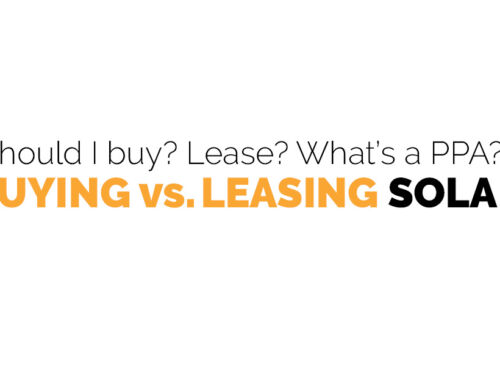What is a Solar Renewable Energy Credit (SREC)?
SRECs, or Solar Renewable Energy Certificates, are a tradable commodity representing the environmental benefits of one megawatt-hour (MWh) of electricity generated from solar energy. In the United States, many states have Renewable Portfolio Standards (RPS) that require a certain percentage of electricity from renewable sources such as solar, wind, and hydropower. SRECs are a way for utilities and other electricity suppliers to meet these requirements by purchasing certificates representing the solar energy generated by solar systems.
When a solar system generates one MWh of electricity, it is also issued one SREC.
The SREC can then be sold to a utility or electricity supplier to help meet their RPS requirements.
The price of an SREC is determined by supply and demand in a market-based system, with prices varying from state to state.
Solar renewable energy credits are one of the great incentives you receive when you purchase and own your solar energy system.
Why Do SRECs Exist?
Solar renewable energy credits exist thanks to a law requiring utility companies to produce specific amounts of renewable energy. This law is the “Renewable Portfolio Standard” or more commonly referred to as “RPS”. Instead of utility companies creating renewable energy projects to comply with the legal requirements, they can buy the credits your solar-powered home produces. This transaction occurs in an open SREC market that works similarly to trading stocks or commodities.
Do SRECs Vary by State?
SRECs can vary by state but generally operate in similar fashions.
Maryland, Pennsylvania, and Delaware each have their own unique SREC programs. Below are some of the key differences between these states:
Eligibility: In Maryland, solar systems up to 2 MW are eligible for SRECs, while in Pennsylvania, systems up to 3 MW are eligible. In Delaware, systems up to 25 MW are eligible for SRECs.
Market structure: Maryland has a single statewide SREC market, while Pennsylvania has two separate markets for systems under 15 kW and systems over 15 kW. There is no statewide market in Delaware, and SRECs are typically sold through negotiated contracts between the solar system owners and utilities.
Alternative compliance payments (ACPs): All three states have ACPs, or penalties that utilities must pay if they don’t meet their RPS targets. The ACPs in Maryland and Delaware are generally higher than in Pennsylvania, which can increase demand for SRECs.
RPS targets: Each state has different RPS targets that can impact the demand for SRECs. In 2020, Maryland had a target of 50% renewable energy by 2030, while Pennsylvania had a target of 18% by 2021, and Delaware had a target of 25% by 2025.
SREC prices: SREC prices can vary significantly by state and market conditions. Historically, Maryland has had some of the highest SREC prices in the country, while Pennsylvania has had lower prices due to higher supply. Delaware’s SREC prices have been in the middle range but can also be impacted by supply and demand factors.
Overall, while Maryland, Pennsylvania, and Delaware all have SREC programs designed to incentivize solar energy development, there are essential differences in how these programs are structured and operated. These differences can impact each state’s SREC prices, demand, and solar energy development.
Ready To Get Started?
If you’re serious about going solar, the next step is to have professionals assess your home’s solar potential. At American Sentry Solar, we’ll consider factors like your roof’s orientation, angle, and the amount of sunlight it receives, as well as your energy consumption and budget.
Our free solar analysis is the best way to determine whether solar energy is viable for your home.
Still got questions? We’re here to help. Give us a call or check out our frequently asked solar questions to learn more.





